Will white work for your home? Architects and designers share their insights on using white in interiors, including how to avoid an overly sterile or cold look.
White expands space and adds airiness and freshness. Everything looks instantly fashionable in white. Unlike gray, it doesn’t have a depressive effect. However, white isn’t a one-size-fits-all solution.
Painting everything white can result in losing warmth and not gaining any radiance. Perception of white depends on the season and time of day. White looks different on a wall with a window versus a far corner, as it reflects all the colors in the room, and the type of lighting plays a big role.
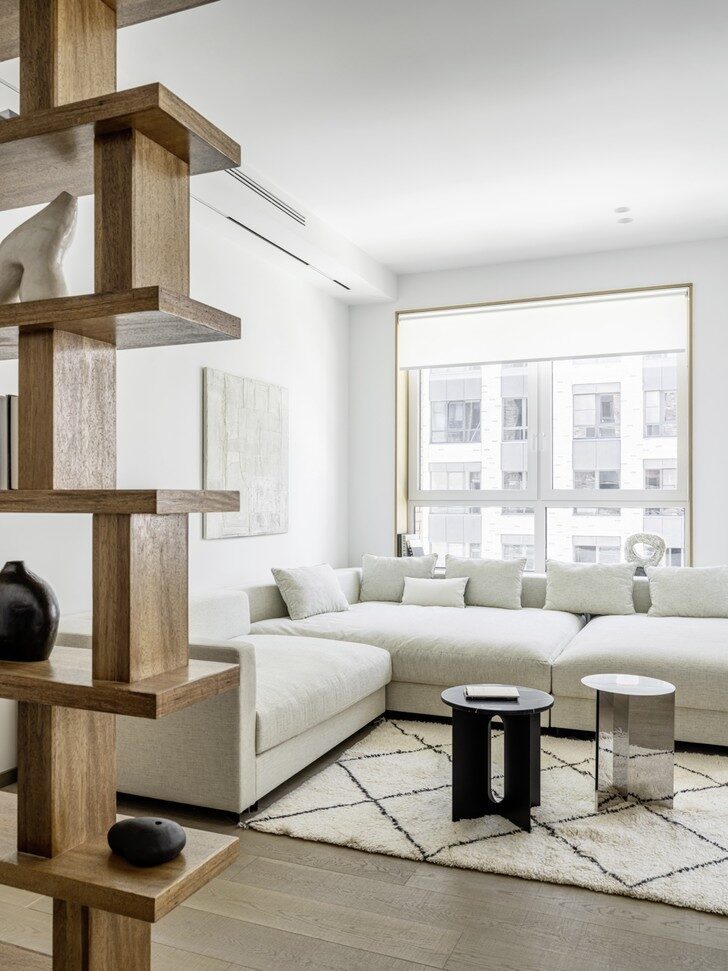
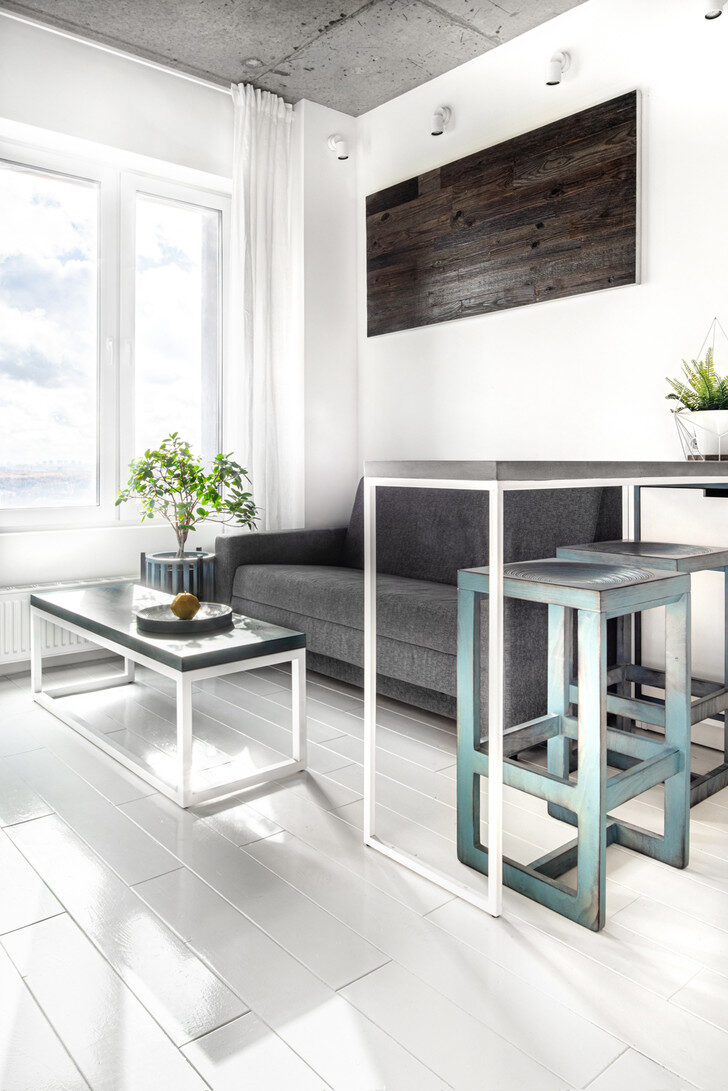
Designers use different textures and make interiors interesting by combining fabric, lacquer, leather, and fur. Objects in funky style, avant-garde details, modern furniture, art objects, and artworks look great against a white background. At the same time, dark brown classic furniture against white walls, as in Italian villas, is also a winning solution. In general, in any unclear situation, paint it white.
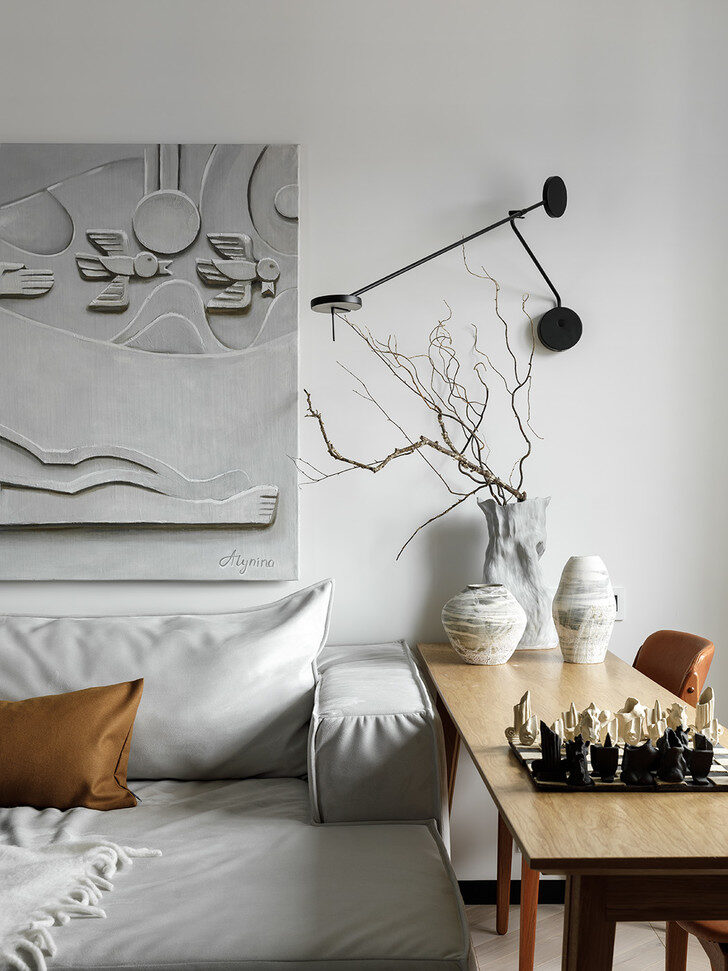
Working with white color is a great responsibility for an architect. The slightest construction defects on a white background immediately become noticeable. Too much white and improper presentation can make the interior look lifeless and cold.
White is like a blank canvas on which anything can appear. It goes well with almost any materials.If your project is in a historic building, warm whites reminiscent of slightly yellowed paper would best complement interiors with classic elements. On the other hand, a cool white would suit minimalist projects. And for industrial interiors, opt for a bright, ‘signal’ white.
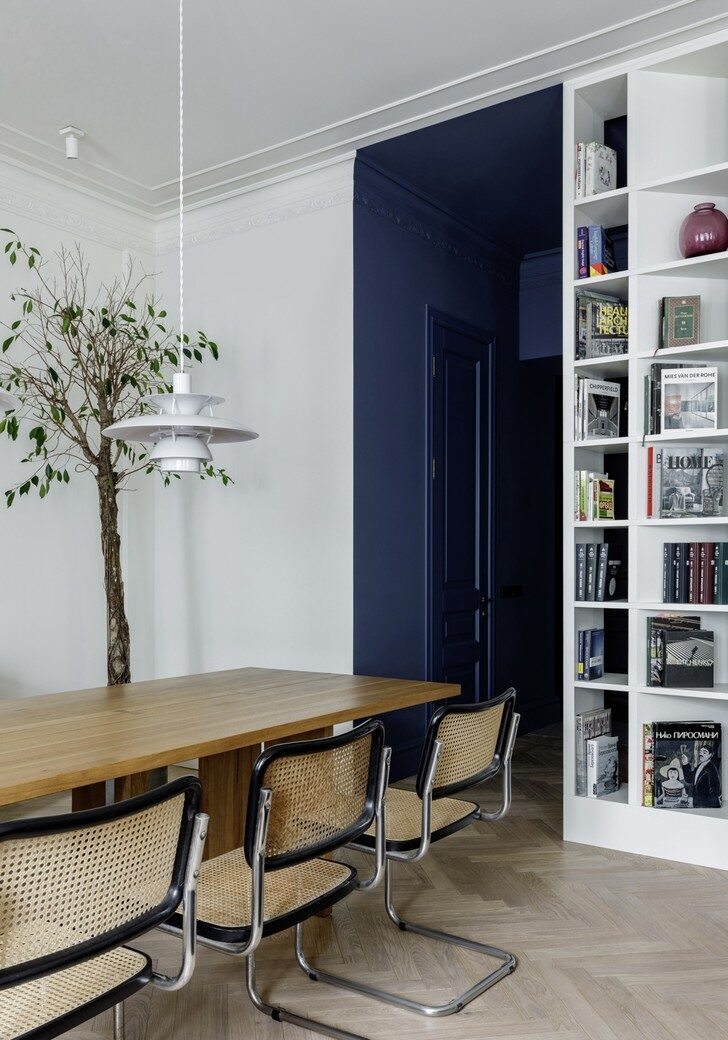
White is quite durable. As it ages, it doesn’t fade unlike other colors. In areas where it’s necessary to highlight the work of shadows and reveal volume, white is simply indispensable. It adds graphic quality to the interior, not to mention its most common reasons for use – expanding space, multiplying light. White is also a helpful tool when you need to unite things that at first glance cannot coexist in one space. It cancels out the identity of objects, bringing them together with a common idea.
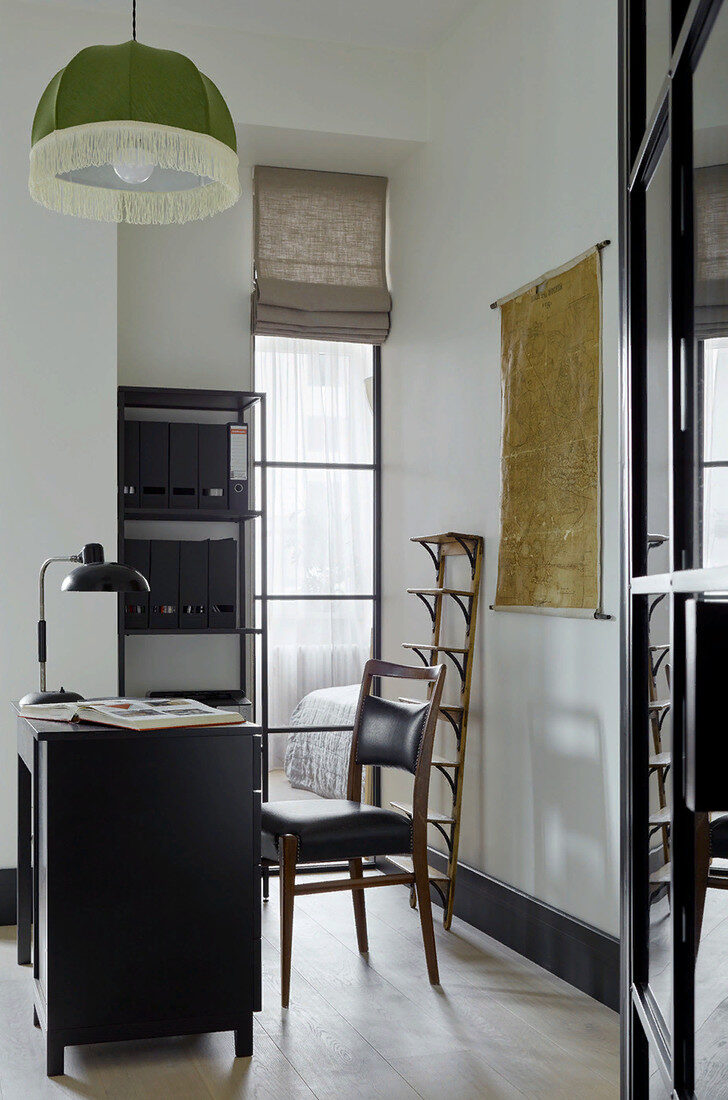
White color is perfect for art lovers. Have you ever noticed that the walls of almost all museums are painted in this color?
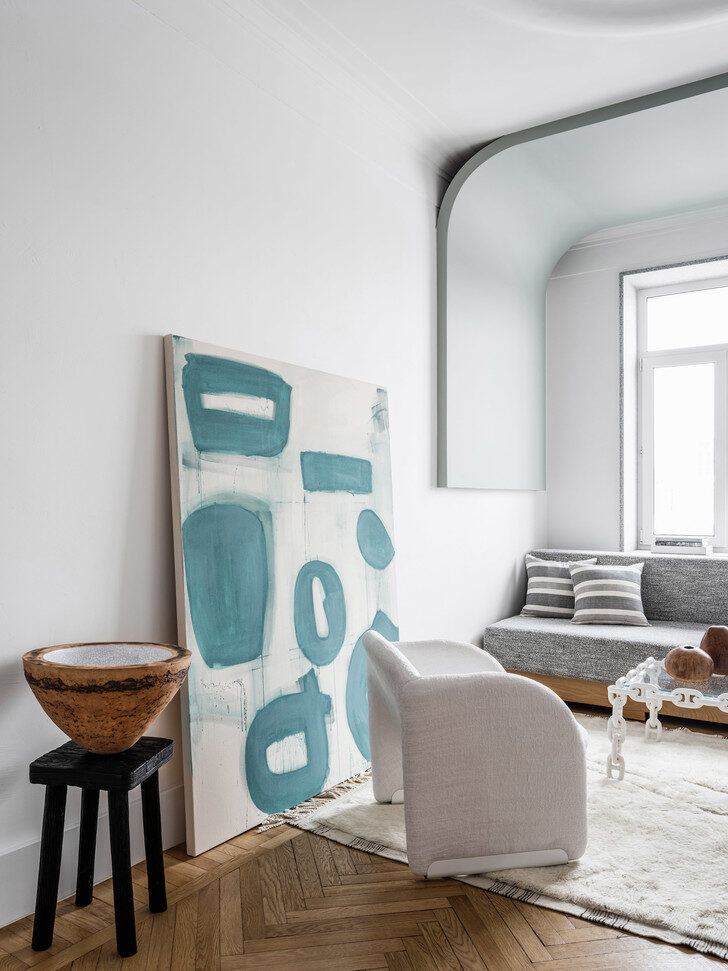
White is a basic color, so it is present in almost any interior to some extent. White is sophisticated and elegant, and an interior can be built on many shades of white. Add some dark details for contrast, a few bright accent spots, and a couple of gold droplets, and you have yourself a fashionable monochrome interior.
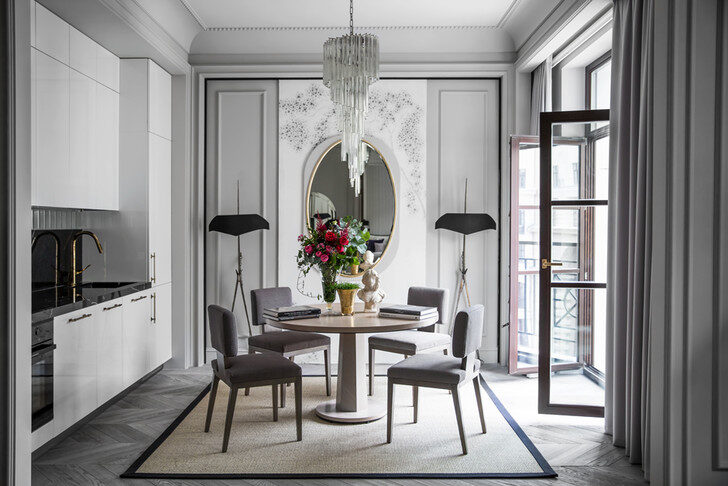
Another option is to choose a base shade of white, such as a warm milky tone. Mix paints to create variations, adding a touch of pink to one wall and a hint of yellow to another. Leave the third wall in the base color. The angles of sunlight coming into the room will create interesting color accents on the walls, highlighting the nuances of each selected shade. The mood in such an interior will always be uplifting.

White color can be tricky. It can look great in certain climatic zones with lots of sunshine and blue skies, but depressing in others. I prefer a warm shade of white, closer to cream but without a pink undertone. I love white furniture, especially against dark walls. It adds depth and a touch of drama, but without feeling stuffy.
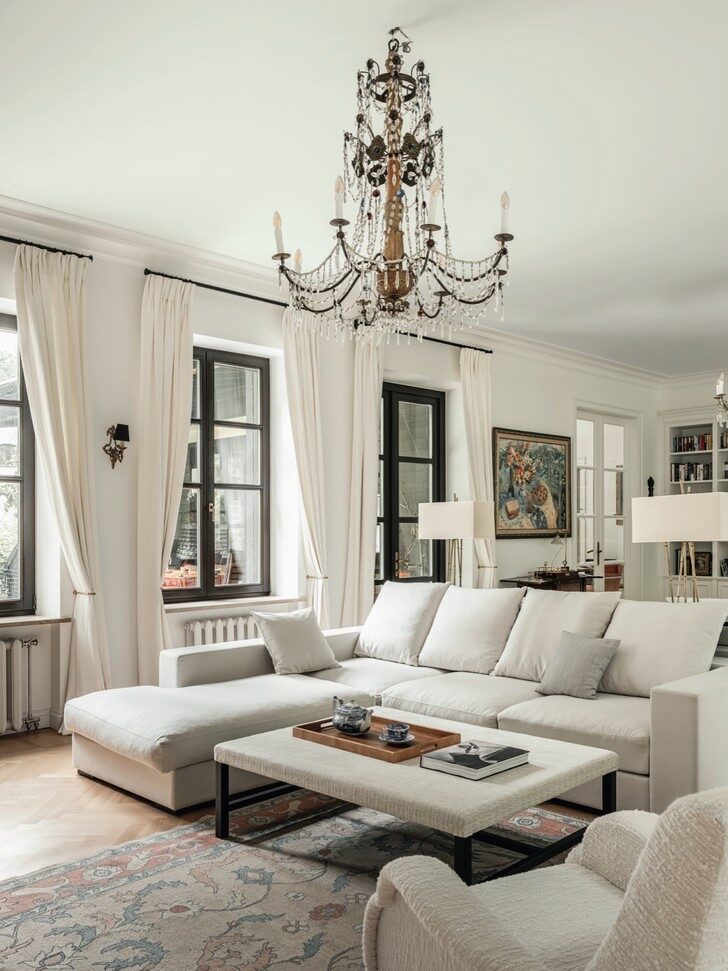
White floors, such as stone floors, look very impressive: delicate and impractical, but incredibly beautiful Calacatta marble. Philippe Starck loves it and boldly uses it not only in the decor of bathrooms but also in public hotel areas.

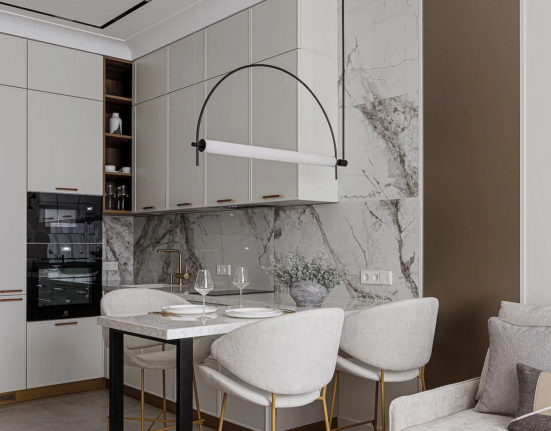
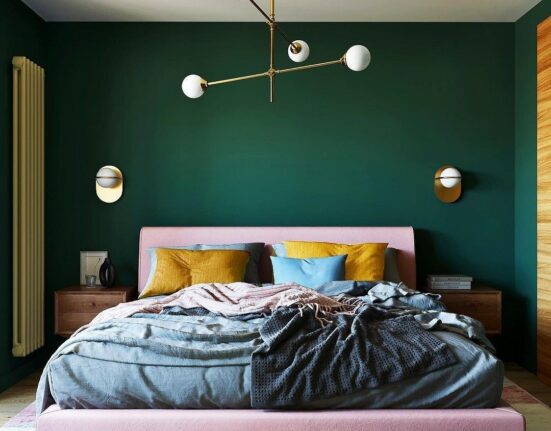
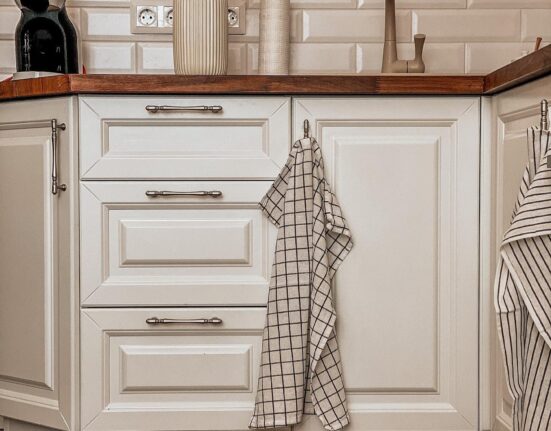
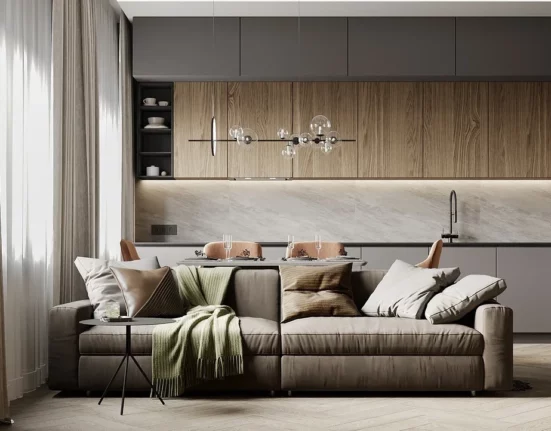
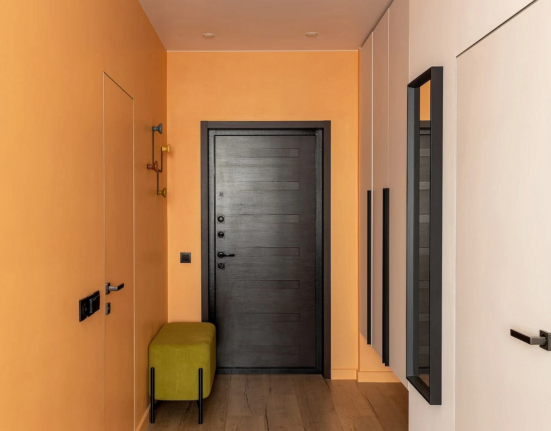

Leave feedback about this